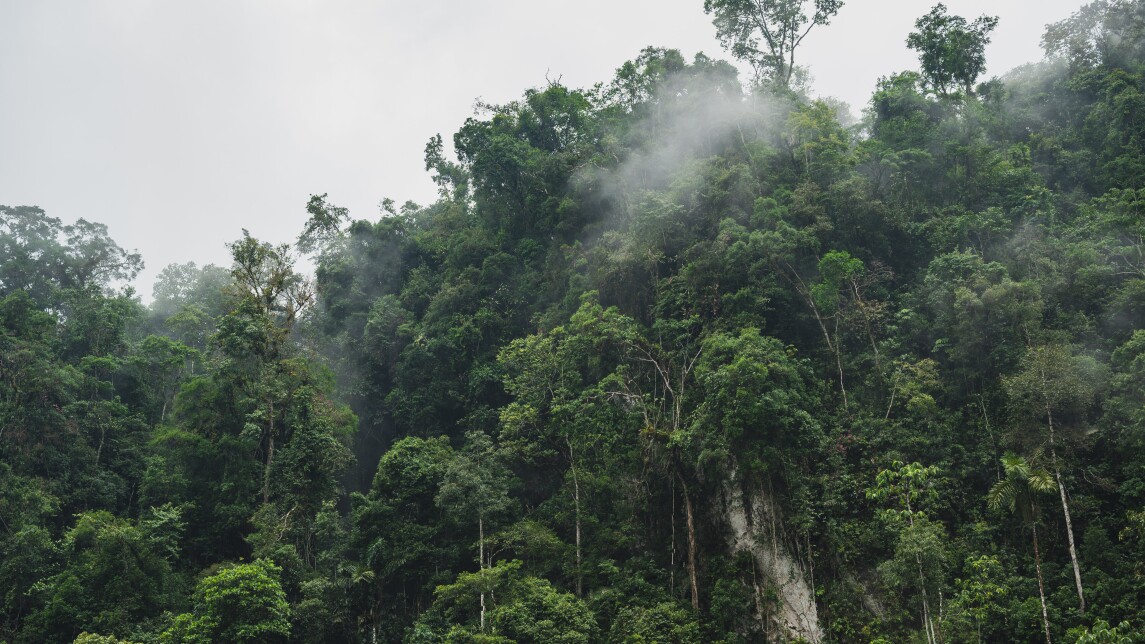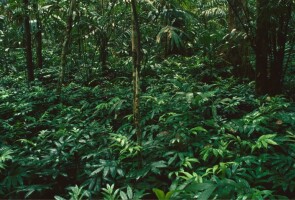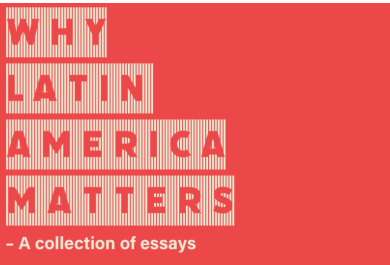An international team of researchers has compiled a large set of field data and reports that the number of hyperdominant tree species in Amazonian rain forests is three times greater than believed thus far. Hyperdominants are the most abundant species that together make up at least half of all the individuals that are studied. These results can be used for better planning of conservation and use of Amazonian forests.
In Amazonia, there are about a thousand times more tree species than in Finland. The current estimate is around 16,000–30,000, and new species continue to be discovered. About five years ago, it was estimated that there are only slightly over 200 hyperdominant tree species in Amazonia.
– It's not at all easy to identify Amazonian tree species, and the forests are also difficult to access. As a result, our understanding of spatial variation in tree species composition is poor, says Adjunct Professor Kalle Ruokolainen who has specialised in rain forest ecology at the University of Turku.
Ruokolainen is one of the 143 researchers from dozens of different countries who compiled over 1,200 tree inventories from all over Amazonia into one database. This data was then used to gain a better understanding of lowland tropical rain forests.
Using the large database, the researchers were able to observe that each of the five different geographical regions in Amazonia mostly has its own hyperdominant species and the number of these species is about three times larger than reported earlier. They also discovered that only few species were hyperdominant in more than two size classes.
– Only one species was among the hyperdominant trees in every region and size class. In an earlier study, this particular species was found to show exceptionally high genetic variability, therefore it may actually consist of several cryptic species, says Ruokolainen.
According to Ruokolainen, this study is a good example of the power of extensive international collaboration in successfully addressing questions that would otherwise be almost impossible to touch on.
– This study shows that we still need to generate a lot of collaboration in basic research before we can find solutions for successful planning of conservation and use of Amazonian forests, concludes Ruokolainen.
The study “Amazon tree dominance across forest strata” has been published in the journal Nature Ecology & Evolution.




